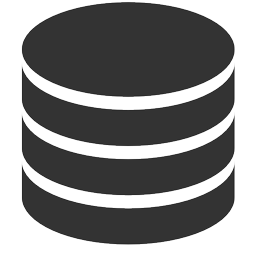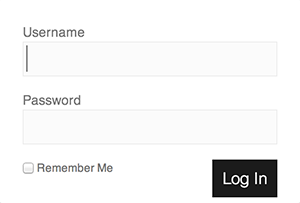Unvalidated redirects and forwards are when an application uses untrusted data to redirect a user to a new webpage. This poses a security threat since an attacker can use the application to redirect unsuspecting users to a malicious site in a phishing scam. more…
Articles tagged with "Forms"
Preventing SQL Injection in PHP

SQL Injection is a vulnerability that allows an attacker to insert or inject a SQL query into an application. Injection is number one vulnerability on the OWASP Top Ten list for 2013. Common ways to exploit this vulnerability is to add a SQL statement into a form element or by sending POST/GET requests with the query using known parameters. The risk of SQL injection is loss or compromise of critical or sensitive data. more…
Include Javascript or CSS to a Drupal Form using #attached
If you’re creating a form using Drupal and find you want to add some javascript or CSS then you can use the “#attached” attribute to do so. Using “#attached” you can include local javascript/CSS files, external javascript/CSS files, or inline styles and scripts. more…
Create a Custom Form Field Type in Symfony 2
The form builder in Symfony 2 is very flexible and has dozens of field options, but there will inevitably come a time when you need to create your own custom form field. The Symfony Cookbook has a great article on how to create a custom form field type and use it in your project. more…
Override Symfony 2 Form Element Twig Template
It is possible to change the way a form element is rendered in a Symfony 2 project by overriding the Twig template. You can do this on a per-form basis by including the form element’s block right in your view, or you can make the change application-wide. more…
Define a Symfony 2 Form as a Service

Adding an AJAX Login Form to a Symfony Project
Adding an AJAX powered login form to a Symfony 2 project is pretty simple, but there are a few things to cover. The first is that the Symfony firewall handles authentication by sending a form to the route defined in the app/config/security.yml as the check_path for the firewall. So to login using AJAX, a form needs to be posted to that route along with a few fields, _username, _password, _remember_me, and if you’ve enabled CSRF for your form, the _csrf_token, field. more…
Adding an AJAX Login Form to a WordPress Theme
Implementing CSRF Protection in PHP

Cross-site request forgery [CSRF] is a type of attack where a user is tricked/forced into performing an unwanted action on a friendly website that they are authenticated with. For example, if a user is logged into their bank and then visits a malicious site, it is possible that the malicious site can use the user’s session to make requests to the bank server. more…